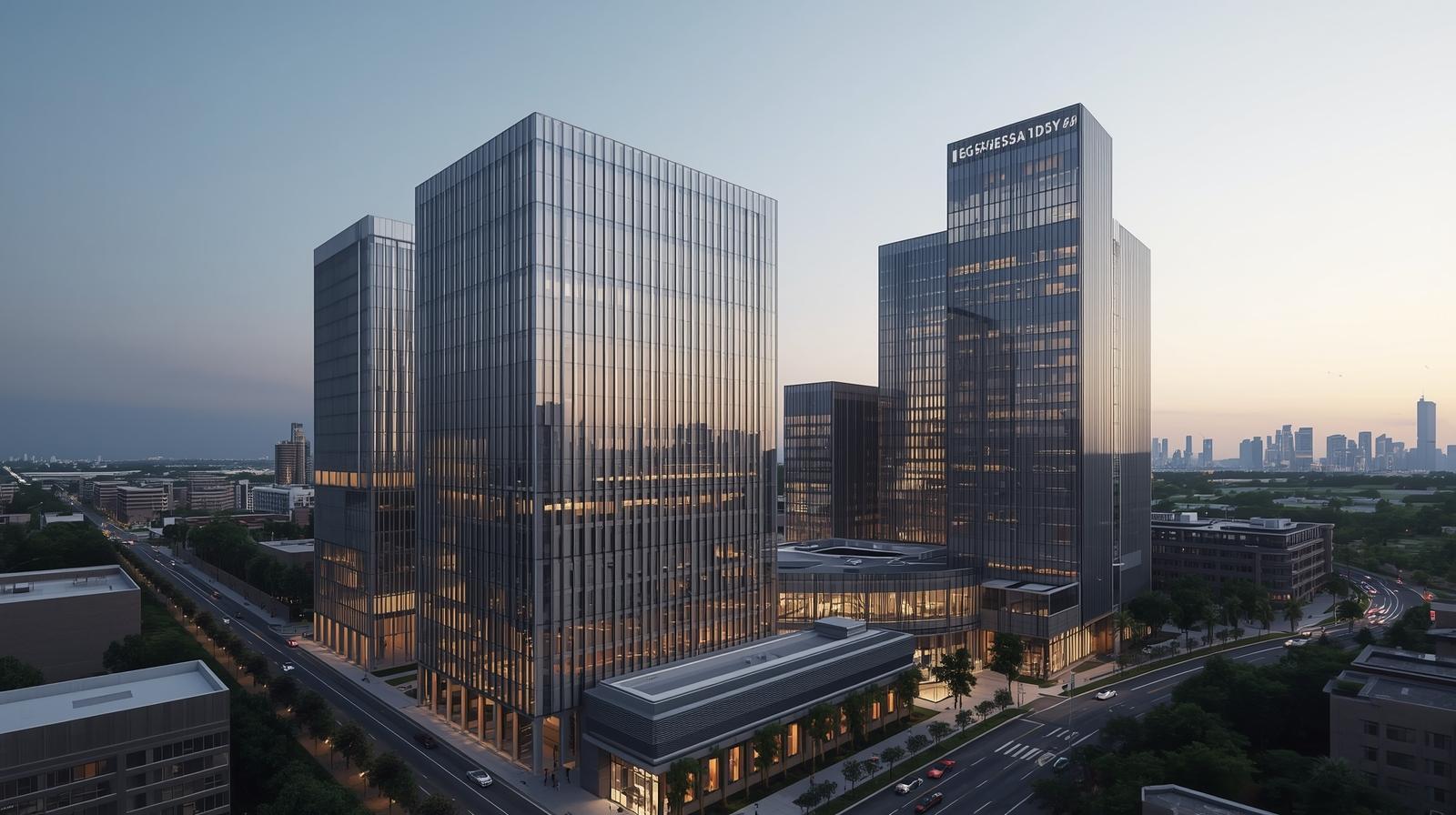DECODING THE FED’S 2024 SIGNALS – WHAT IT MEANS FOR REAL ESTATE INVESTORS
The financial world is buzzing with anticipation following the Federal Reserve’s recent choice to keep interest rates steady. While market analysts largely predicted this move, the unexpected twist came from Fed Chair Jerome Powell, who hinted at a possible three-rate drop in 2024. This surprising announcement has ignited curiosity and raised questions about its potential impact on real estate portfolios, particularly for investors seeking to navigate the evolving landscape.
Understanding the Fed’s Decision
At its year-end meeting, the Fed chose to halt interest rate hikes, keeping short-term rates within the 5.25% to 5.5% range. Powell’s assurance of scaling back on rate increases indicates a shift in monetary policy heading into 2024.
Predictions suggest a more relaxed atmosphere for mortgage rates, offering potential relief for aspiring homeowners and investors with Debt Service Coverage Ratio (DSCR) portfolios. The positive outlook is supported by housing economists, pointing towards a favorable period ahead.
Optimistic Trends
Powell’s traditionally hawkish stance has taken a surprising turn, signaling a potential end to the rate hike cycle. This shift has implications across investments, causing yields on 5-year and 10-year Treasuries to contract. For investors monitoring DSCR loan pricing, these changes align with future rate trajectories that could enhance investment opportunities.
Real estate investors eager to refinance may encounter challenges due to tight inventory, affecting affordability. Despite these hurdles, a buoyant selling season is anticipated, especially for flippers, who could benefit from reduced refinance rates on investment properties.
Taking a skeptical view, Powell’s dovish turn raises questions about potential political motivations, especially considering the upcoming 2024 election. Active investors should consider this factor when speculating on medium-term market conditions.
Investor Sentiment
Positive sentiments fueled by Powell’s reassuring foresight may prompt previously hesitant investors to enter the market. Temporary dips in transaction volumes are attributed to elevated rates rather than distress, aided by the liquidity from COVID-era stimulus funds.
While a modest 25 basis points dip occurred, predicting a return to pre-pandemic interest rates of 3-5% seems unlikely. Investors should prepare for a new normal of higher interest rates and adjust their strategies accordingly.
Refinancing Opportunities for DSCR Portfolios
For investors with DSCR portfolios, the present is an opportune time to refinance and secure lower rates. The market’s desire for rate reductions could lead to unforeseen developments.
While an immediate surge in real estate sales is not expected, a potential boom may unfold in the next 60 to 90 days. The affordable housing segment is poised for price increases due to limited inventory and high demand, presenting an opportunity for buyers to act quickly.
Exit Strategies and Market Engagement
Pressure on flipper margins underscores the importance of robust risk management. Investors may need to reconsider their exit strategies, shifting from quick flips to potential long-term rentals.
Financial institutions are exercising caution, influencing the pace of re-engagement with the market. Investors should monitor these shifts as they can impact portfolio decisions.
The Bottom Line
Real estate investors must strike a balance between cautious optimism and prudent skepticism considering the recent Fed decisions. While the landscape is evolving, taking informed steps such as monitoring interest rate trends and seizing refinancing opportunities is crucial for securing investments. Armed with knowledge, foresight, and a blend of caution and courage, investors can navigate the changing real estate landscape successfully.










Related Posts